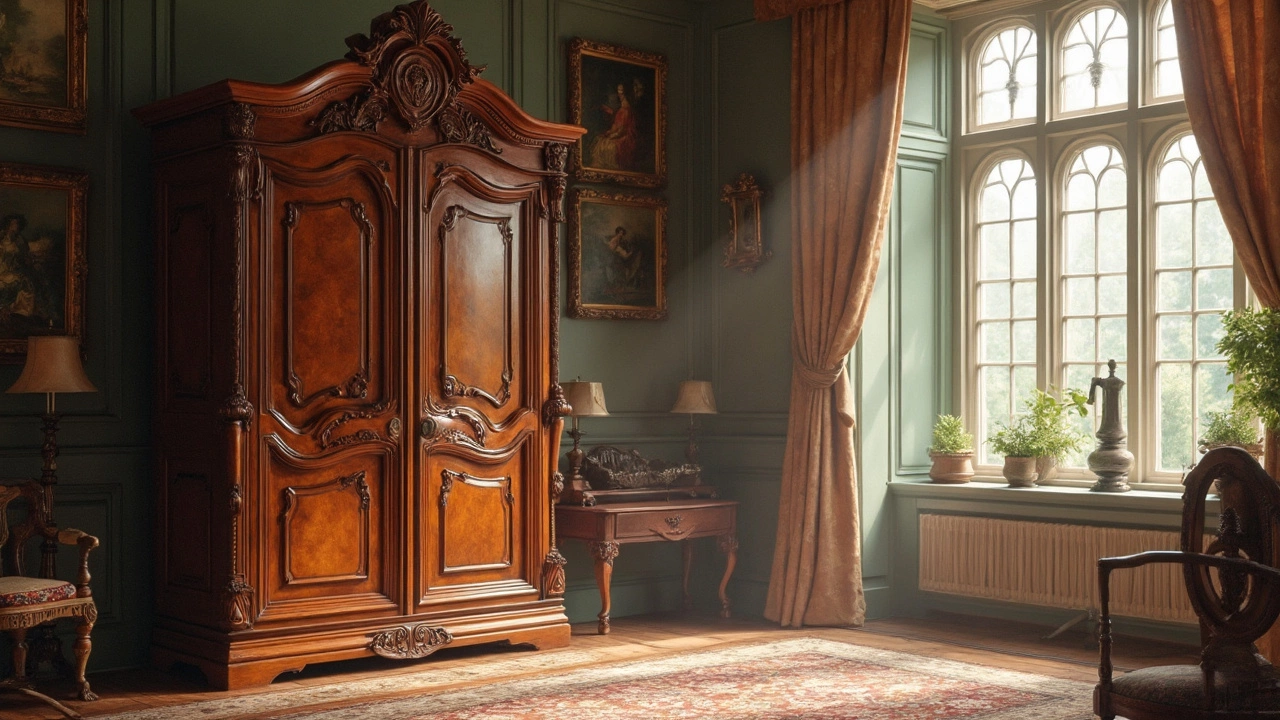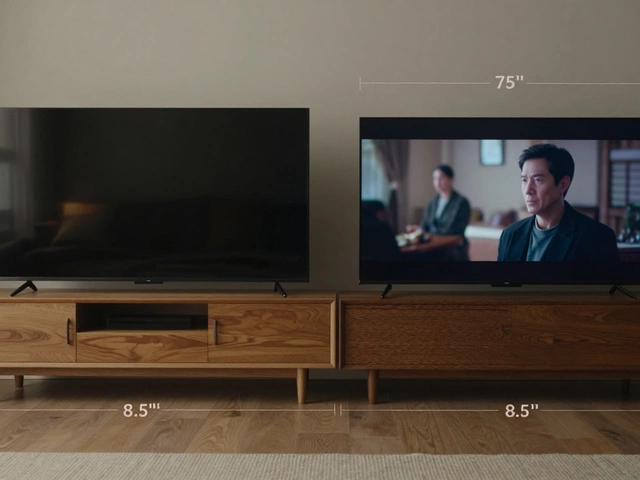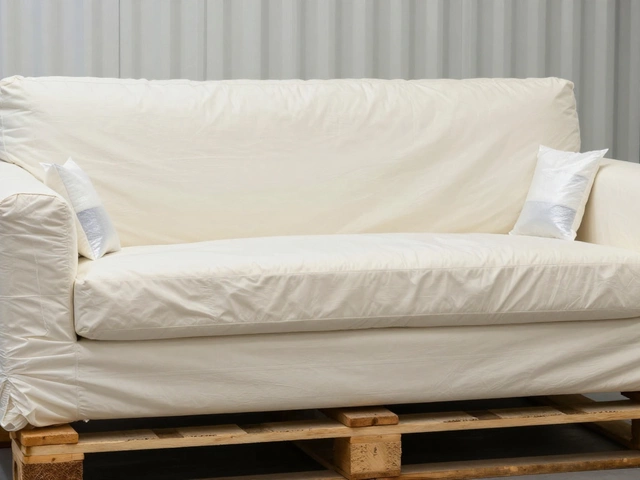Armoires: The Easy‑Going Guide to Classic Bedroom Storage
Thinking about adding an armoire to your room? You’re not alone. An armoire is basically a tall cabinet with doors that hides clothes, shoes, and bits of décor. It works like a closet but stands on its own, so you can place it anywhere – next to the bed, under a window, or even in a hallway.
Why choose an armoire over a built‑in wardrobe? First, you skip the construction mess and cost. Second, you get a piece that you can move if you ever redecorate. And third, armoires often have a vintage vibe that adds personality without extra effort.
Armoires vs. Closets – What’s the Real Difference?
In the US most people say “closet,” while the UK calls the same thing a “wardrobe.” An armoire sits somewhere in between – a freestanding wardrobe that looks like a piece of furniture. The main difference is that a closet is usually built into the wall, often with sliding doors, while an armoire is a standalone unit with hinged doors and sometimes drawers or shelves inside.
If you need extra storage but can’t remodel, an armoire is the perfect compromise. It gives you the same hanging space as a closet, plus optional shelves for sweaters, shoes, or even a small TV. Plus, you can choose from modern sleek designs or classic oak for a more traditional feel.
Choosing the Right Armoire for Your Space
Measure the floor space first – a typical armoire is about 3‑4 feet wide and 6‑7 feet tall. Make sure there’s room to open the doors fully. Next, think about interior layout: do you need a double‑hang rod, a single rod, or a mix of shelves and drawers? Some armoires even come with built‑in mirrors, which save wall space.
Material matters too. Solid wood looks timeless but can be pricey. MDF with a wood veneer gives the same look for less, while painted metal offers a contemporary edge. Pick a finish that matches your existing furniture or stands out as a statement piece.
Styling tips? Keep the top of the armoire clear for decorative boxes or plants. Add a few matching knobs or handles to tie it into the rest of the room. If you’re short on height, consider a low‑profile armoire and use a tall bookshelf for extra vertical storage.
Ready to shop? Start by checking out our post “What Is the American Equivalent of ‘Wardrobe’? Closet vs Armoire Explained” – it breaks down the terminology and helps you decide which term fits your needs. From there, browse local showrooms or online retailers that let you filter by size, material, and price.
In short, an armoire is a flexible, stylish storage solution that works for almost any bedroom layout. It gives you the freedom of a freestanding wardrobe without the hassle of a remodel. So if you’re looking to tidy up, add character, and keep your clothes out of sight, an armoire might just be the answer you’ve been searching for.
Why Are Armoires So Expensive? Find Out Here
Armoires often come with a hefty price tag, but there's more to their cost than meets the eye. This piece delves into the reasons behind their expense, exploring the craftsmanship, materials, and historical value that make them so sought after. Whether it's the intricate details or the artistry involved, these factors contribute to why armoires stand out. Learn why investing in one could be a worthwhile choice, offering more than just storage. This article breaks down what makes a quality armoire, helping you make informed decisions.







